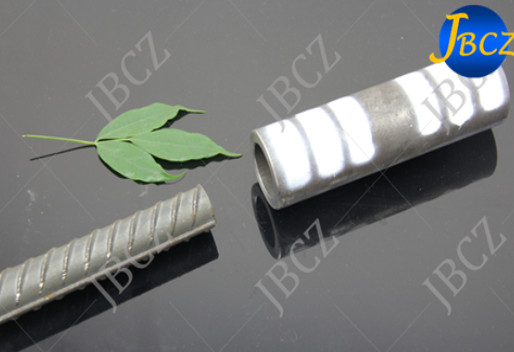In the realm of construction engineering, innovative solutions are continuously developed to enhance the durability and efficiency of concrete structures. Rebar couplers, a critical component in reinforcement systems, have emerged as a game-changing technology that simplifies construction processes while ensuring structural integrity. This article delves into the functionalities, advantages, and applications of rebar couplers, shedding light on how they reinforce concrete structures.

Understanding Rebar Couplers
Rebar couplers are mechanical connectors designed to join two steel reinforcement bars (rebars) without the need for overlapping. They provide a robust and efficient method of connecting rebars in various construction applications, including columns, beams, slabs, and foundations.
How Rebar Couplers Work
Mechanical Connection: Rebar couplers use threading, tapering, or other mechanical mechanisms to securely join two rebars end-to-end, effectively transferring loads between them.
Reduced Congestion: By eliminating the need for overlapping rebars, couplers reduce congestion within concrete, allowing for better concrete flow and compaction during pouring.
Benefits of Rebar Couplers
Enhanced Structural Integrity: Rebar couplers create a continuous load-bearing path between rebars, improving the structural integrity and load-bearing capacity of concrete elements.
Time and Labor Savings: Couplers expedite construction by eliminating the time-consuming process of cutting, bending, and overlapping rebars. This leads to increased construction efficiency and reduced labor costs.
Cost-Effectiveness: While the initial investment in couplers may be higher, the long-term benefits, including reduced labor, shorter construction times, and improved quality, make them cost-effective.
Space Optimization: The absence of overlapping rebars results in a cleaner and more organized construction site with reduced congestion.
Applications of Rebar Couplers
High-Rise Buildings: Rebar couplers are extensively used in high-rise buildings for columns, beams, and core walls, where efficiency and structural integrity are paramount.
Infrastructure Projects: In infrastructure projects like bridges, tunnels, and highways, rebar couplers ensure robust connections in critical load-bearing components.
Industrial Structures: Couplers are employed in industrial structures such as factories and warehouses, where large and complex concrete elements require reinforcement.
Innovations and Future Trends
Material Advancements: Ongoing research aims to develop more durable and corrosion-resistant materials for rebar couplers, enhancing their longevity.
Prefabrication: Couplers are increasingly integrated into prefabricated elements, reducing on-site labor and allowing for faster assembly.
Smart Construction: Couplers could be part of the trend towards smart construction, incorporating sensors for monitoring structural health and load distribution.
Rebar couplers exemplify the marriage of innovation and efficiency in the construction industry. By eliminating the need for overlapping rebars and offering strong mechanical connections, they contribute to the durability, safety, and integrity of concrete structures. As construction practices evolve, rebar couplers continue to evolve with them, ushering in a new era of efficient, cost-effective, and robust construction methodologies.